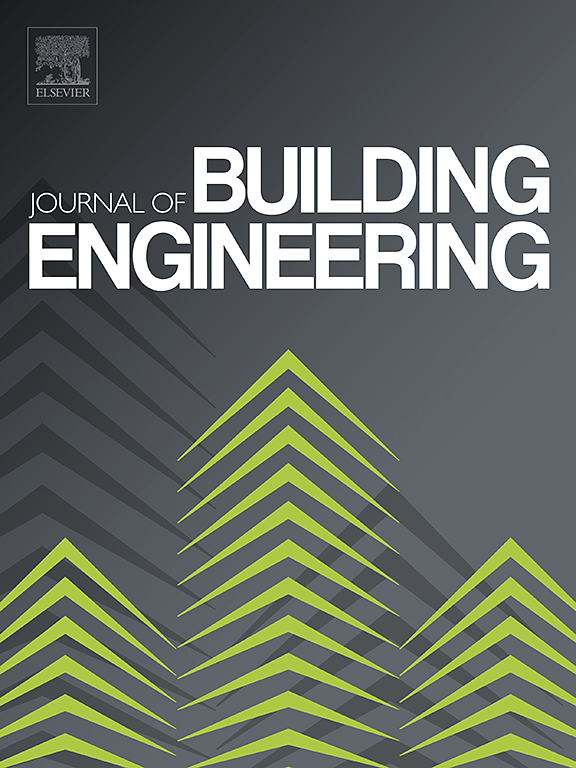Effects of different fiber types and curing methods on the mechanical performance of seawater coral sand engineered cementitious composites
IF 6.7
2区 工程技术
Q1 CONSTRUCTION & BUILDING TECHNOLOGY
引用次数: 0
Abstract
The construction of island projects is crucial to accelerate the strategy of building a strong maritime nation. To address the shortage of raw materials in island projects and meet the structural requirements for high strength, toughness, and durability, Seawater Coral sand Engineered Cementitious Composites (SC-ECC) were developed. This study focuses on examining the effects of polyvinyl alcohol (PVA), polyethylene (PE), and hybrid fibers with basalt fiber (BF) on the mechanical properties of SC-ECC. The influence of fiber types, fiber content, and curing methods on the mechanical properties of normal-strength and high-strength SC-ECC was examined. The bridging characteristics between the fibers and matrix were analyzed using single-crack tensile tests, scanning electron microscopy (SEM), and digital image correlation (DIC) techniques. The results show that within reasonable dosage ranges, hybrid fibers can enhance the mechanical properties of SC-ECC. Specifically, 2.0 % PE fiber and 0.6 % BF is the optimum level for comprehensive performance. At this time, SC-ECC can produce higher tensile strength (8.6 MPa), tensile strain (7.5 %) and multiple fine cracks. Compared to humid air curing (HAC), seawater immersion curing (SIC) increases the compressive strength (7.9 %) and tensile strength (37.5 %), and decreases the tensile strain (15.4 %) of normal-strength SC-ECC; while it decreases compressive strength (8.4 %) and increases the tensile strength (28.1 %) and tensile strain capacity (12.1 %) of high-strength SC-ECC. This study provides valuable insights into the design and application of SC-ECC in island engineering materials.
求助全文
约1分钟内获得全文
求助全文
来源期刊

Journal of building engineering
Engineering-Civil and Structural Engineering
CiteScore
10.00
自引率
12.50%
发文量
1901
审稿时长
35 days
期刊介绍:
The Journal of Building Engineering is an interdisciplinary journal that covers all aspects of science and technology concerned with the whole life cycle of the built environment; from the design phase through to construction, operation, performance, maintenance and its deterioration.
 求助内容:
求助内容: 应助结果提醒方式:
应助结果提醒方式:


